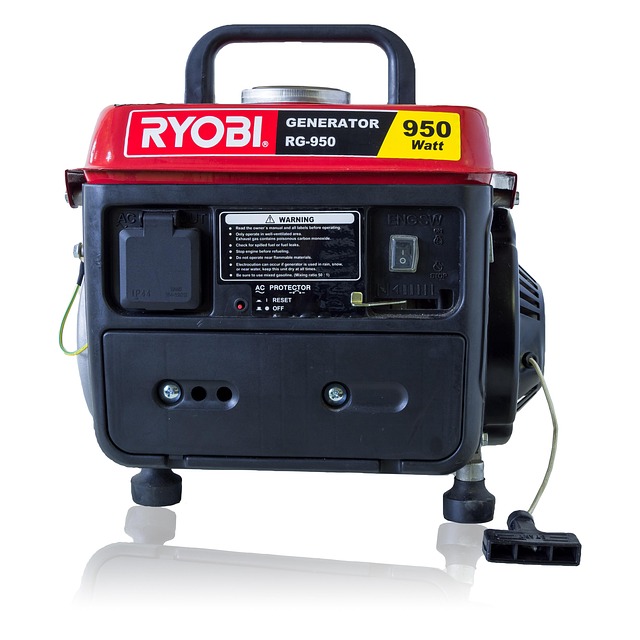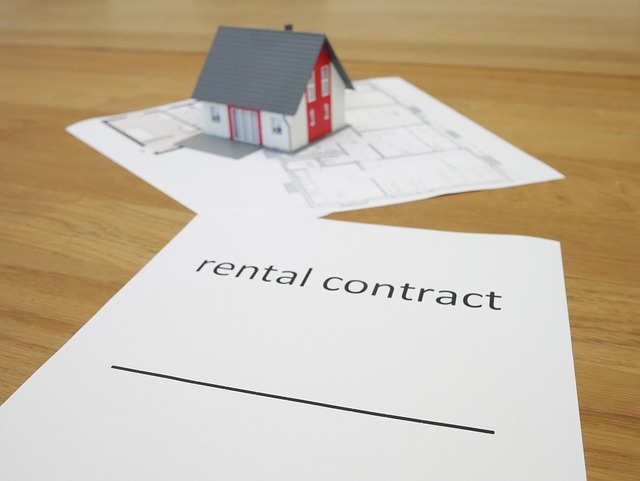Backup Power System Guide
Standby generators automatically provide power during outages through automatic transfer switches that detect utility failure and start the generator within seconds. Sizing calculations consider starting wattage requirements for motors and compressors in addition to running wattage needs. Liquid-cooled models offer enhanced durability for extended operation compared to air-cooled units.

Portable vs Standby Generators: Key Differences
Portable generators offer flexibility through mobile power generation, typically ranging from 3,000 to 8,000 watts. These units run on gasoline or propane and can power essential appliances during outages. Standby generators, conversely, are permanent installations connected directly to a building’s electrical system. They activate automatically during power failures and can generate 10,000 to 20,000 watts or more, supporting entire homes or businesses. Standby units generally operate on natural gas or propane, eliminating manual refueling needs.
Generator Safety Guidelines for Indoor and Outdoor Operation
Generators must never operate inside homes, garages, or enclosed spaces due to carbon monoxide risks. Place units at least 20 feet from buildings, with exhaust directed away from windows and doors. Install carbon monoxide detectors near sleeping areas when using generators. For outdoor operation, ensure the generator sits on level ground and remains protected from moisture using appropriate weather-resistant covers or enclosures during operation.
Essential Generator Maintenance Practices
Regular maintenance extends generator life and ensures reliability. Check oil levels monthly and change oil every 100 operating hours or annually. Inspect air filters quarterly and replace as needed. Test batteries in standby systems monthly and replace every 2-3 years. Schedule professional maintenance annually to examine fuel systems, electrical connections, and overall performance.
Generator Types and Cost Considerations
| Generator Type | Power Output | Typical Cost Range |
|---|---|---|
| Portable (Gas) | 3,000-8,000W | $500-$2,000 |
| Portable (Dual Fuel) | 4,000-12,000W | $700-$2,500 |
| Home Standby | 10,000-20,000W | $3,000-$6,000 |
| Commercial Standby | 20,000W+ | $10,000-$20,000 |
Prices, rates, or cost estimates mentioned in this article are based on the latest available information but may change over time. Independent research is advised before making financial decisions.
When selecting a generator system, consider power requirements, fuel availability, installation costs, and maintenance needs. Standby systems require professional installation, adding $2,000-$5,000 to initial costs. Factor in ongoing maintenance, fuel storage, and potential repairs when budgeting for a backup power solution.
Each generator type offers distinct advantages depending on specific power needs, budget constraints, and installation requirements. Understanding these differences helps inform the selection of an appropriate backup power system that aligns with both immediate and long-term requirements.




